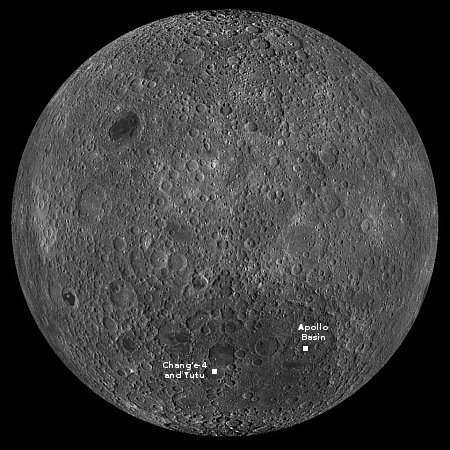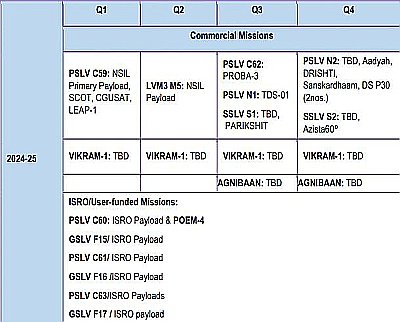Rocket Lab begins maneuvers to bring Varda’s capsule back to Earth
With the FAA finally giving its okay (six months late), Rocket Lab has now begun the orbital maneuvers required to bring Varda’s small manufacturing capsule back to Earth at the Utah test range.
For more than eight months in space, Rocket Lab’s 300kg-class spacecraft has successfully provided power, communications, ground control, and attitude control to allow Varda’s capsule to grow Ritonavir crystals, a drug commonly used as an antiviral medication for HIV and hepatitis C.
Due to the initial planned reentry date being adjusted from late 2023, Rocket Lab’s spacecraft has been required to operate for more than double its intended orbital lifespan, which it has done without issue.
If all goes as planned, the capsule will land on February 21, 2024. Whether those drugs are still viable and sellable remains unknown. The delay due to government red-tape might have made them useless.
Nonetheless, a success in recovering those samples, viable or not, would establish Varda’s business plan. With three more missions planned, all to be launched and controlled by Rocket Lab, it will be positioned well for the future, its capsule a method for manufacturing a number of products in weightlessness that are needed on Earth but can only be made in space.
With the FAA finally giving its okay (six months late), Rocket Lab has now begun the orbital maneuvers required to bring Varda’s small manufacturing capsule back to Earth at the Utah test range.
For more than eight months in space, Rocket Lab’s 300kg-class spacecraft has successfully provided power, communications, ground control, and attitude control to allow Varda’s capsule to grow Ritonavir crystals, a drug commonly used as an antiviral medication for HIV and hepatitis C.
Due to the initial planned reentry date being adjusted from late 2023, Rocket Lab’s spacecraft has been required to operate for more than double its intended orbital lifespan, which it has done without issue.
If all goes as planned, the capsule will land on February 21, 2024. Whether those drugs are still viable and sellable remains unknown. The delay due to government red-tape might have made them useless.
Nonetheless, a success in recovering those samples, viable or not, would establish Varda’s business plan. With three more missions planned, all to be launched and controlled by Rocket Lab, it will be positioned well for the future, its capsule a method for manufacturing a number of products in weightlessness that are needed on Earth but can only be made in space.



